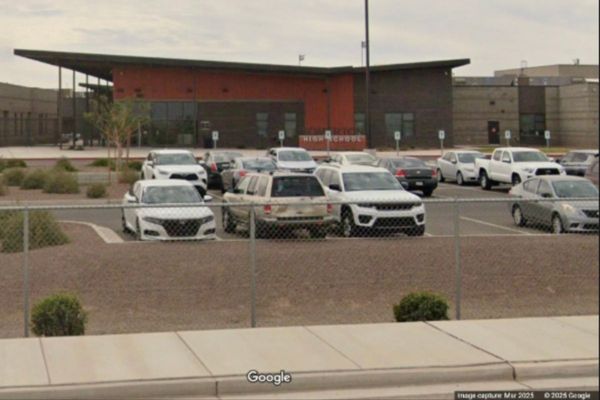If you had told me last year that our mountains would have so much snow this close to spring, I’d have been thrilled. The forests of Southern California have suffered immensely from years of punishing drought and record high temperatures, and good winter soakings provide the best protection against fires in the dry season.
It was just September when the residents of Big Bear, the San Bernardino Mountain community where my wife’s grandfather built her family’s cabin more than 70 years ago, watched as the Radford fire advanced perilously close to homes and a ski resort. Two years before, a Big Bear firefighter died in the nearby El Dorado fire. The national forest enveloping the community has been closed to visitors twice in the last three years from fire danger.
Snow should be a blessing to mountain villages besieged by wildfire, especially one like Big Bear, where its lake hasn’t been full since 2011. But not this kind of snow.
Since the first of two major snow storms hit Feb. 23, authorities conducting welfare checks have found at least three mountain residents dead in their homes. At a Bike Bear Lake City Council meeting this week, a woman said a friend who couldn’t get dialysis died — a sign that more tragedies might be found as residents continue digging out.
And there will be a lot of digging (that is, if the warm rains this weekend don’t abruptly melt much of that snow and cause dangerous flooding). A typical winter in Big Bear sees 58 inches of snow; so far this season, there’s been at least 110 inches. The kind of front-end plows fitted onto pickup trucks that work well enough for most Big Bear storms become useless when enough snow falls in a few days to fully entomb a car.
Living in the mountains brings challenges that you appreciate only when you face them, even as a part-time resident in Big Bear. Many come with the territory at 7,000 feet above sea level — think frozen pipes and unpredictable road conditions.
Others are bizarre, but not dangerous. Ever heard of months-long moth infestations that frighten children and leave every imaginable surface sprinkled with a layer of brown mothy stuff? Spend enough time in Big Bear and you might.
Some are plain enraging and contribute to antipathy toward the “flatlanders” whose tourism dollars keep Big Bear afloat. The discarded plastic sleds and trash strewn on the roads by one-and-done weekend visitors are constant blights.
These challenges forge close ties among people in the mountain communities that can save lives in an emergency. In one of the largest Big Bear Facebook groups, the posts welcoming the snow at the start of the first storm quickly gave way to pleas for help from residents trapped in freezing homes with no power or heating. Residents jumped at the chance to help, sometimes at risk to themselves. Sadly, one such good Samaritan, a beloved employee of Big Bear’s largest hardware store, died after reportedly being struck by a car as she was helping someone stranded in the snow.
All this snow will help refill the lake, recharge soil moisture and reinvigorate the area’s plant life. It will eventually pay these dividends, but not before the mountain residents dig out and discover how much they’ve lost.
With the roads up to Big Bear, Lake Arrowhead and Crestline slowly reopening, the glistening snow-covered peaks that have drawn Los Angeles’ collective gaze will beckon visitors to the mountains. For the millions of us in the lowlands, those mountains have served as a stunning winter backdrop since the late-February storms; but for the few thousand people who live in them and normally welcome visitors, lives have been disrupted or tragically ended.
The people who staff the restaurants, clean the hotel rooms and patrol the ski slopes are suffering. They deserve our respect and help, even if that means staying away for now.
____
ABOUT THE WRITER
Paul Thornton is the Los Angeles Times’ letters editor.







